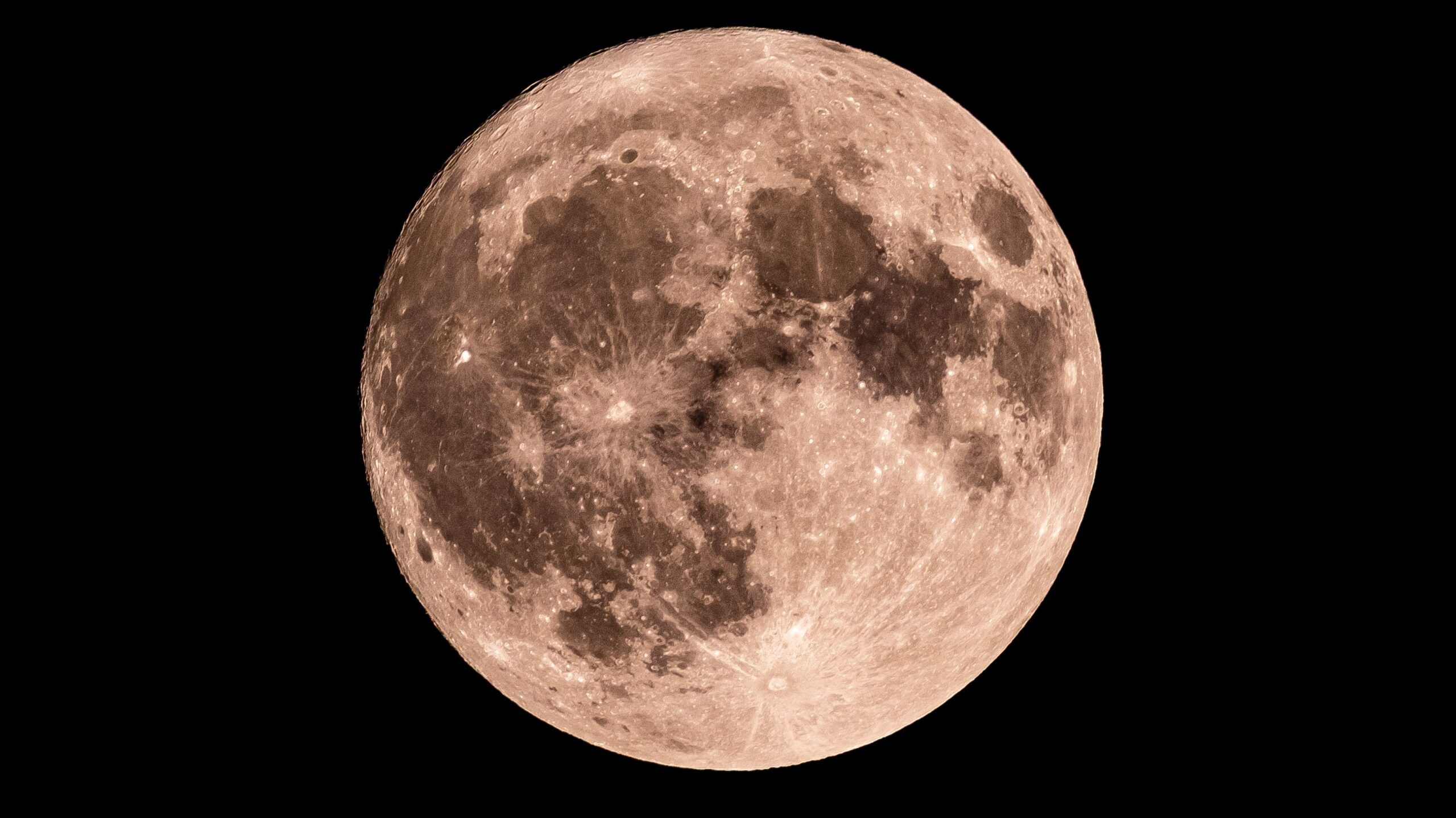Science
Discover the Waxing Crescent Moon Tonight: Key Features to Spot

As of September 27, 2023, observers around the world can enjoy the Waxing Crescent moon, illuminated at approximately 27%. This phase occurs on the sixth day of the lunar cycle, providing an excellent opportunity to view specific features on the moon’s surface without the need for specialized equipment.
For those gazing at the sky tonight, the Mare Crisium will be visible to the naked eye. Located towards the upper section of the moon, this area is easily recognizable. Additionally, viewers can spot the Mare Fecunditatis on the middle right of the moon’s disk. Those situated in the Southern Hemisphere should look towards the bottom left to identify these features, as their orientation changes based on geographic location.
Using binoculars enhances the experience significantly, allowing for a closer look at the Posidonius Crater. This crater, known for its lava-filled basin, offers an intriguing glimpse into the moon’s geological history. For enthusiasts equipped with telescopes, the opportunity to view the site of the Apollo 17 landing—NASA’s final mission to the moon—adds a historical dimension to the evening’s observations.
Upcoming Lunar Events
The next full moon will occur on October 6, 2023. This follows the last full moon, which took place on September 7. Understanding these lunar phases is essential for astronomy enthusiasts, as it informs them about visibility patterns of the moon throughout its roughly 29.5-day cycle.
Moon phases represent the changing angles between the Sun, Moon, and Earth. The observable shape of the moon varies according to how much of its surface is illuminated by sunlight, resulting in different appearances.
The cycle includes eight primary phases:
– **New Moon**: The moon is between Earth and the Sun, rendering it invisible.
– **Waxing Crescent**: A thin sliver of light appears on the right side.
– **First Quarter**: Half of the moon is illuminated on the right side.
– **Waxing Gibbous**: More than half is illuminated but not yet fully.
– **Full Moon**: The entire face of the moon is visible and illuminated.
– **Waning Gibbous**: The moon starts losing light on the right side.
– **Last Quarter**: The left side of the moon is lit, appearing as another half-moon.
– **Waning Crescent**: A thin sliver of light remains on the left before it returns to darkness.
With this knowledge, stargazers can deepen their appreciation for the moon and its various phases. Observing the Waxing Crescent tonight not only provides a beautiful spectacle but also connects viewers to the broader universe and its cycles. As the moon continues its journey, the anticipation for the next full moon heightens, promising more celestial wonders to explore.
-

 Lifestyle5 months ago
Lifestyle5 months agoLibraries Challenge Rising E-Book Costs Amid Growing Demand
-

 Sports4 months ago
Sports4 months agoTyreek Hill Responds to Tua Tagovailoa’s Comments on Team Dynamics
-

 Sports4 months ago
Sports4 months agoLiverpool Secures Agreement to Sign Young Striker Will Wright
-

 Lifestyle4 months ago
Lifestyle4 months agoSave Your Split Tomatoes: Expert Tips for Gardeners
-

 Lifestyle4 months ago
Lifestyle4 months agoPrincess Beatrice’s Daughter Athena Joins Siblings at London Parade
-

 Science4 months ago
Science4 months agoSan Francisco Hosts Unique Contest to Identify “Performative Males”
-

 World4 months ago
World4 months agoWinter Storms Lash New South Wales with Snow, Flood Risks
-

 Science5 months ago
Science5 months agoTrump Administration Moves to Repeal Key Climate Regulation
-

 Business5 months ago
Business5 months agoSoFi Technologies Shares Slip 2% Following Insider Stock Sale
-

 Science5 months ago
Science5 months agoNew Tool Reveals Link Between Horse Coat Condition and Parasites
-

 Sports4 months ago
Sports4 months agoElon Musk Sculpture Travels From Utah to Yosemite National Park
-

 Science5 months ago
Science5 months agoNew Study Confirms Humans Transported Stonehenge Bluestones









